New tea enthusiasts often wonder why they can see a variety of items on the tea table, such as animals, plants, mythological figures, and so on. Moreover, tea brewers frequently pour tea over these little objects. What exactly is the purpose of these trinkets?

In fact, these diverse items on the tea table are known as tea pets, which are the pets of tea drinkers. As the name suggests, tea pets are nurtured with tea water or played with during tea tasting. In the process of drinking tea, tea enthusiasts will occasionally dip a tea brush in tea water and apply it to the tea pets, which can make the tea-drinking experience more enjoyable. Moreover, with long-term care, tea pets will become smooth and charming, exuding a pleasant tea fragrance.

Classification of Tea Pets
The most common tea pets we often see include toads, pixiu (a mythical creature), turtles, golden pigs, and mythological figures. However, the current market classification of tea pets can be broadly divided into four categories: mythological figures, historical figures, legendary mythical beasts, and interesting or homophonic auspicious tea pets.

Why do people like to cultivate tea pets?
The reason why tea pets are so popular among tea friends is that they inherently carry auspicious meanings. People believe that tea pets can bring them good luck, so almost every seasoned tea enthusiast will have their own tea pet.
However, different tea pets have different meanings. Some symbolize wealth and prosperity, while others represent contentment, happiness, and good fortune... Here, the editor lists some popular tea pets and explores their meanings in this article!
- Golden Toad: "Golden Toad" is a homophone for money, symbolizing a continuous flow of wealth. A golden toad with money on its back represents wealth coming into the home in strings; a golden toad with money in its mouth that can rotate signifies the act of making money; a golden toad without money in its mouth represents the idea of attracting wealth.
- Pixiu: Pixiu symbolizes wealth attraction and prosperity for the home. It is a mythical creature with a mouth but no anus, and it feeds on gold, silver, and jewels, making it very popular among tea friends!
- Chinese Cabbage: The homophone "bai cai" means "hundred wealth," symbolizing the gathering of wealth and integrity.
- Golden Pig: Historically, it has been a symbol of wealth and good fortune. Keeping a golden pig on the tea tray is very cute and endearing.

- Bat: Representing the meaning of blessings from heaven, with five bats signifying the five blessings and longevity. When placed with copper coins, it means blessings are before your eyes; with the sunrise or the sea, it signifies blessings as vast as the East China Sea; and with heavenly officials, it represents blessings bestowed by the heavens.
- Spiritual Monkey: A spiritual monkey with a horse signifies immediate promotion, while a large monkey carrying a small monkey represents the idea of continuous promotion for generations.
- Maitreya Buddha: Symbolizes good fortune, longevity, and a smiling face.
- Turtle: One of the most significant features of a turtle is "longevity," thus it carries the beautiful meaning of "long life and youthfulness." Moreover, "turtle" is a homophone for "return," symbolizing family reunion and happiness.
- Boy and Girl: Usually carved on gold ingots or together, symbolizing a house full of children and grandchildren.

- Three Monks: A Chinese folk proverb that imparts the lesson that relying on others and not putting in effort with the same mindset and thought境界 cannot achieve goals.
- Bodhidharma: Bodhidharma was a Zen monk from the Northern and Southern Dynasties, and his name means "awakened to the Dharma." Making tea pets based on Bodhidharma is a way to express reverence and remembrance for the great ancestor Bodhidharma.
- Longevity Star: Also known as the Old Man of the South Pole Star, the Longevity Star is the god of longevity in ancient Han Chinese mythology. Creating this type of tea pet represents the hope for health and longevity.

How to cultivate Tea Pets?
Caring for tea pets is very simple. There is no specific requirement for which type of tea to use; tea soup from Simao Pu'er tea, Anhua dark tea, black tea, green tea, etc., can all be used to nurture tea pets. However, if you want to maintain your tea pets well, it is best to use Simao Pu'er tea because of its tea oil and other characteristics, which make it more effective for nurturing tea pets than other teas.
When caring for tea pets, it is important to frequently rinse them with used tea water. After finishing tea, rinse the tea pet with hot water to allow the earlier tea soup to better integrate into the tea pet without leaving any dirty color traces. This way, the tea pet will become smooth and jade-like.
It is worth noting that many people do not like to clean their tea pets, but in fact, tea pets need to be regularly cleaned with a tea brush, then allowed to dry for a day or two before wiping them with a damp tea cloth. This will help maintain the tea pet's bright and smooth color.
Tea pets, with their寄托 (aspirations), also add elegance and interest to the tea-drinking atmosphere. Who wouldn't want to own such a small item!

